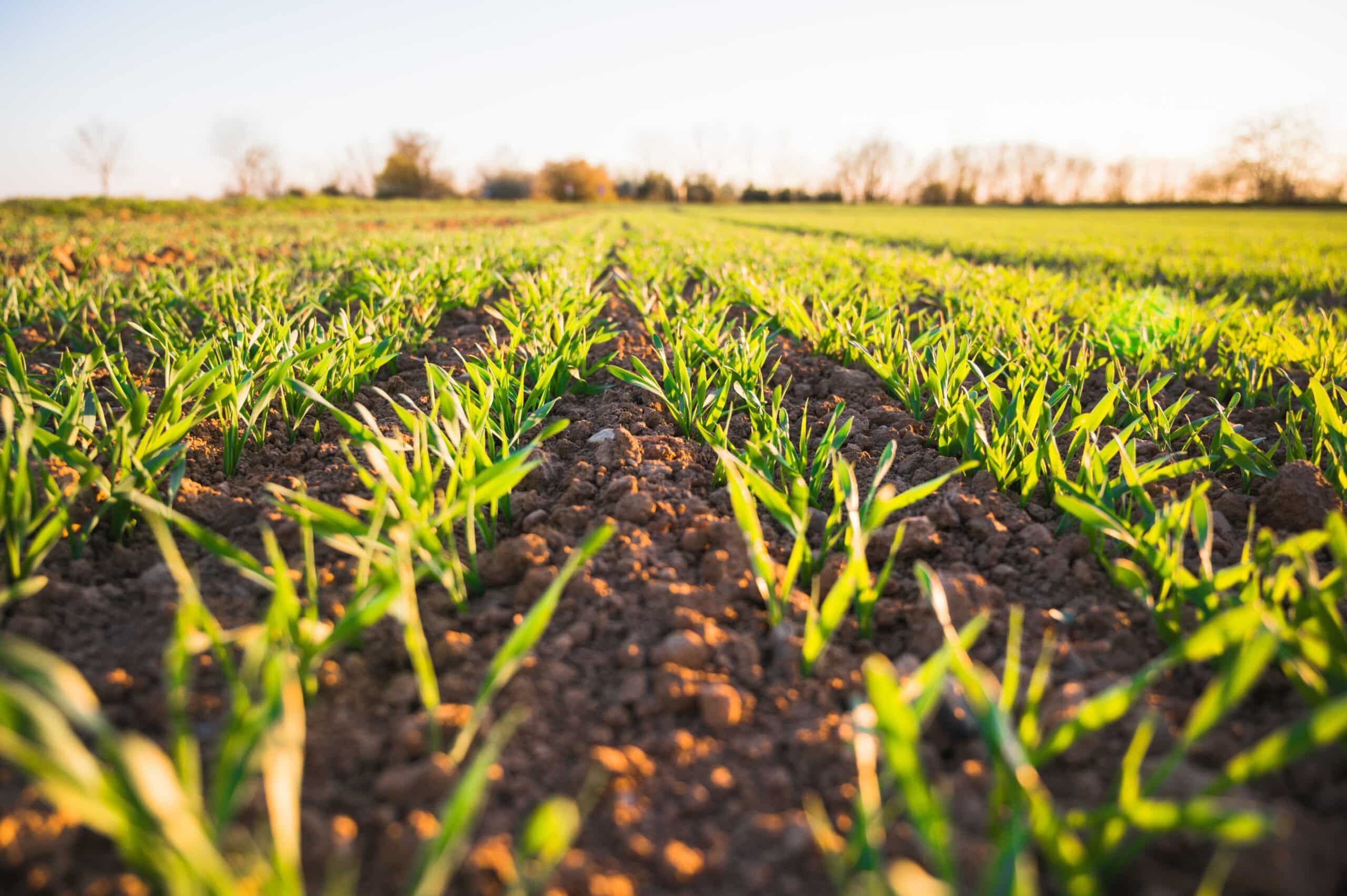5x technology that empowers the farmer
We are just at the beginning when it comes to innovation in agriculture. Although there are many developments, the adaptation of the sector is relatively slow. This is because a digital transformation in agriculture requires a completely new approach. For this reason, many agricultural companies are reluctant. Yet new technologies are actually empowering farmers. Here are some examples.


Enter the conversation with Koen!
Sensors and Satellite Imagery
A farmer's greatest strength is knowledge of the land. The better this knowledge is, the more efficient the crop. New technology that uses soil sensors and satellite imagery allows the farmer to deepen and broaden this knowledge. Modern tech maps the land from above and below, giving the farmer even better insight and allowing faster action and anticipation. By linking this geographical data to software, it is clear at a glance.This does not mean that the farmer's expertise is redundant, quite the contrary. The farmer's knowledge is needed to determine which data is relevant and how to interpret it.
GPS
The greatest friend of farmers with large fields is GPS technology. This technology makes it possible to work precisely down to the square centimetre. This is essential when applying all other digital integrations. Sensors and satellites can map the land better and drones and robots can work in a more targeted way. In animal husbandry, GPS can make a good contribution to providing insight into the movement of livestock. GPS technology is affordable and enriches the sector. The more accurate the GPS is, the more precise the crop and the greater the time and cost savings.
Product Tracking
One of the most valuable software integrations in agriculture is product tracking. This software makes it possible to accurately monitor the entire route of harvest in the supply chain. From sowing to sale, the farmer thus has insight into which products end up where. This makes distribution many times more efficient and ensures an optimal price policy. By mapping the route of the harvest in a more insightful and transparent way, the farmer gains a stronger position in the supply chain.
Drones and Robots
There will come a time when most farming will be done automatically by drones and robots. This technology is developing at a rapid pace and is becoming more effective and accessible. There are already several robots and drones on the market specifically for agriculture. These are self-steering, durable and have a long range. Drones are particularly suited to using cameras to map the entire field or to apply manure or pesticides to the soil from the air. Robots for agriculture are autonomous tractors that can sow and harvest completely independently. This saves the farmer a lot of time.
AI and Machine Learning
AI and Machine Learning also have a good contribution to agriculture and animal husbandry. Especially the predictive aspect of this technology is very useful in preventing diseases and quality losses. Using data from sensors, camera images and information from around the world, A.I. can recognise in time when certain (new) plant diseases or insect pests occur, for example. Machine Learning can monitor herd behaviour in cattle using facial recognition. Stable cameras can also monitor the condition of livestock. A.I. and Machine Learning give the farmer an extra pair of eyes that can already look ahead. This makes for better crops and healthier livestock.
Although this technology sounds like science fiction, it is a vision of the future that will soon become reality. By pioneering in this and embracing new developments, you as an agricultural company ensure that you keep this transition under control. In this way, your business remains sustainable and future-proof.

